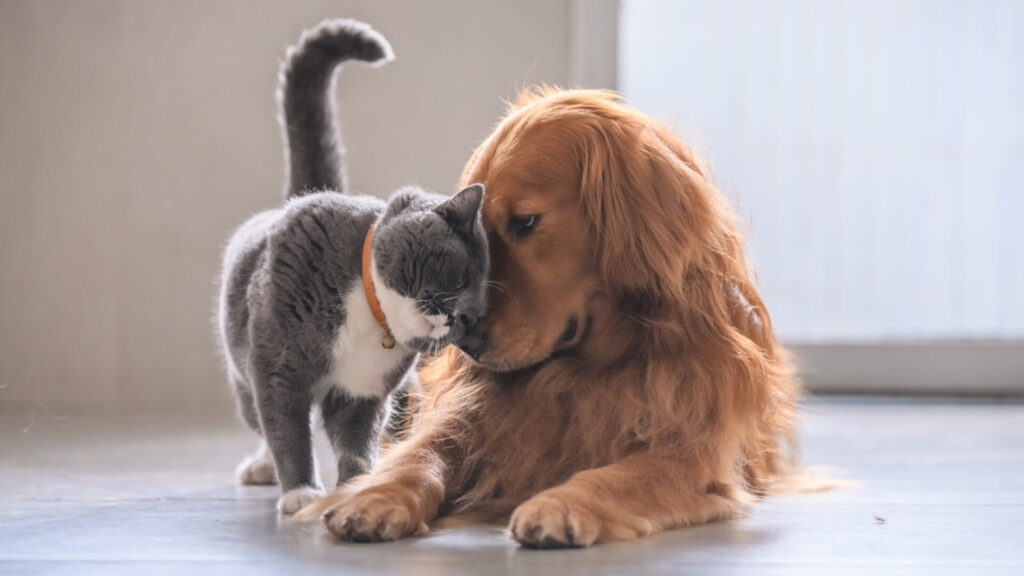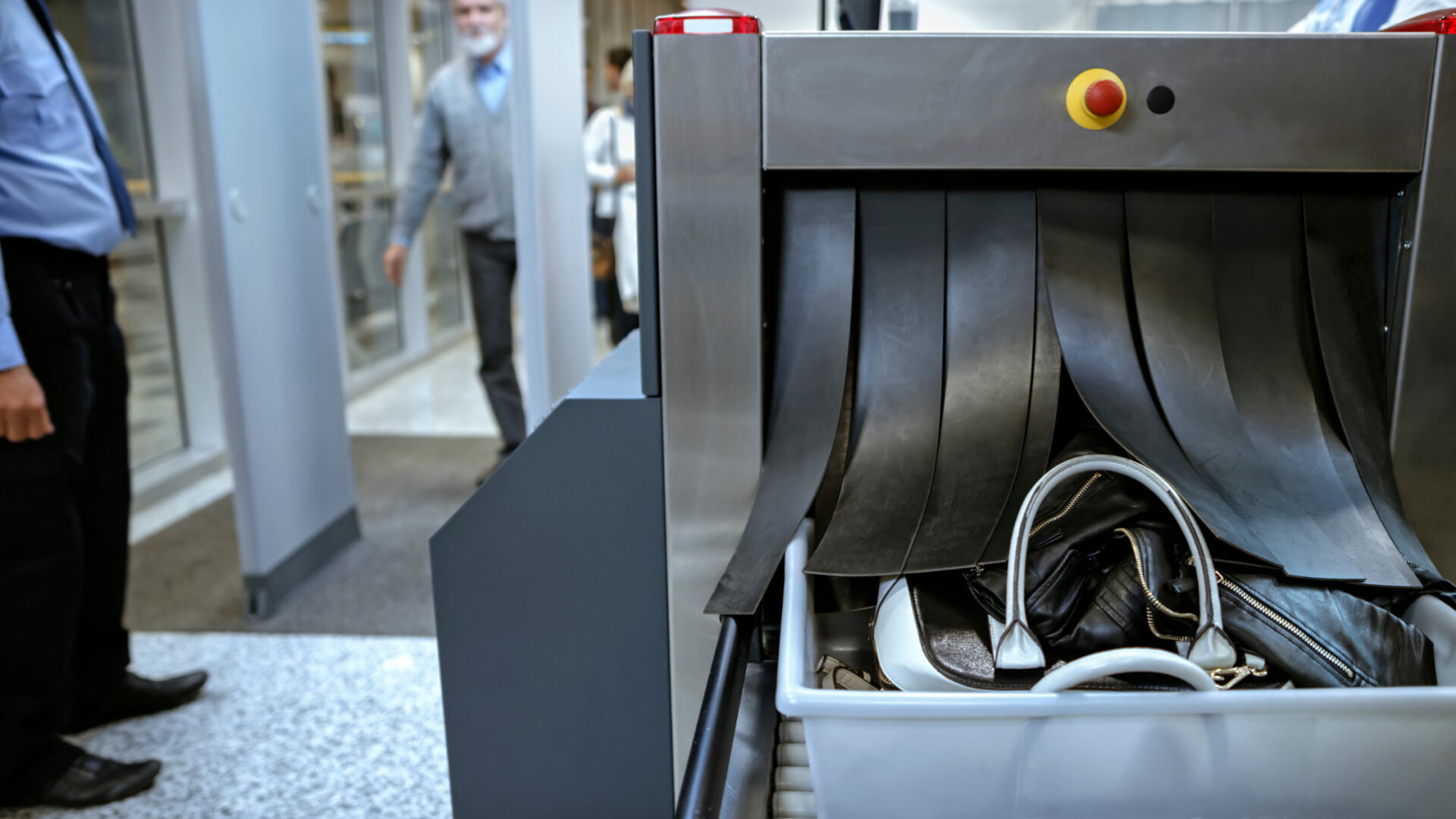
Relocating to a new environment can be a whirlwind of change and adaptation, not just for humans but for our furry companions as well. As pet parents, it’s our responsibility to ensure that this transition is as smooth and stress-free as possible for them. In this article, we’ll explore various strategies and tips to help your pet adjust after relocation to their new surroundings.
Understanding the Impact of Relocation on Pets
Before diving into the strategies, it’s crucial to understand how pets perceive relocation. Unlike humans, pets do not understand the concept of moving to a new home. For them, it’s a sudden change in their environment, which can lead to anxiety and stress. They are creatures of habit, and any disruption in their routine can be unsettling.
Creating a Familiar Environment
One of the first steps in easing your pet’s transition is to create a familiar environment in the new home. This can be done by:
- Setting up a dedicated space: Choose a quiet corner or room for your pet and set up their bed, toys, and feeding bowls. This will give them a sense of security and belonging.
- Maintaining routine: Try to stick to your pet’s regular feeding, walking, and playtime schedules. Consistency in daily routines can significantly reduce stress.
Gradual Introduction to the New Environment
Introduce your pet to the new environment gradually. Start by confining them to a smaller area or room, and gradually allow them to explore the rest of the house. This controlled exposure will prevent them from feeling overwhelmed.
Ensuring Safety and Security
Safety is paramount during this transition period. Ensure that your new home is pet-proofed to prevent any accidents or escapes. This includes securing windows, checking for potential hazards, and ensuring the yard is safely enclosed if you have one.
Socialization and Exploration
Once your pet seems comfortable in the new home, encourage them to explore the neighborhood. For dogs, regular walks can help them get accustomed to the new sights, sounds, and smells. For cats, supervised outdoor time in a safe area can be beneficial.
The Role of Crate Training
If you’ve used a crate during the relocation process, it can also be a helpful tool in the new environment. A crate can provide a safe haven for your pet during times of stress. Ensure the crate is comfortable and inviting. Measuring your pet for the perfect crate is essential for their comfort.
Managing Anxiety and Stress
Relocation can cause anxiety in pets. To manage this, consider:
- Calming products: There are various products available, such as pheromone diffusers, calming collars, or supplements that can help soothe your pet.
- Consistent companionship: Spending quality time with your pet can help your pet adjust after relocation and alleviate their anxiety. Gentle play, grooming, or simply being in the same room can be comforting.
Health Considerations
After moving, it’s important to:
- Find a new vet: Register with a local veterinarian as soon as possible. They can provide advice specific to your pet and the new environment.
- Monitor health: Keep an eye on your pet’s eating, drinking, and bathroom habits. Any significant changes could indicate stress or health issues.
The Importance of Patience and Positive Reinforcement
Throughout this process, patience is key. It might take days to weeks for your pet to fully adjust. Positive reinforcement through treats and praise can encourage them to feel more comfortable in their new surroundings.
Conclusion
Relocating with a pet requires careful planning and consideration of their emotional and physical well-being. By creating a familiar environment, maintaining routine, ensuring safety, and providing comfort and reassurance, you can help your pet adjust to their new home with ease.
Remember, every pet is unique, and what works for one may not work for another. Stay observant and responsive to your pet’s needs, and with time and love, they will come to embrace their new home just as you do.

 Call +971559927669
Call +971559927669 


[…] For more expert advice on pet care and travel, explore resources like common pet travel mistakes and how to avoid them or how to help your pet adjust to a new environment after relocation. […]